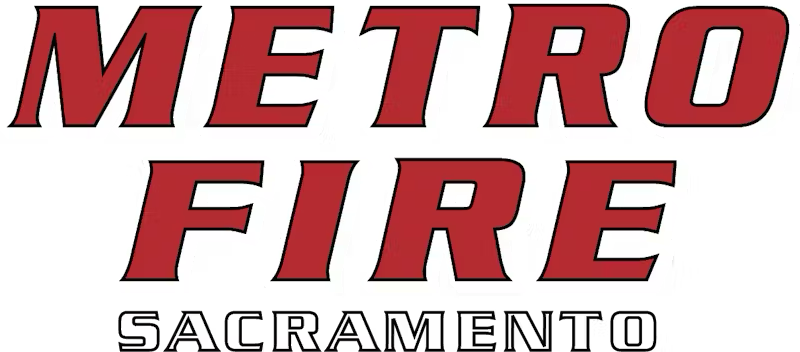EMS
The Emergency Medical Services (EMS) Division is responsible for the management of the District’s emergency medical system, which currently operates 28 Advanced Life Support (ALS) ambulances, five reserve ALS ambulances, and 43 ALS engine and truck companies. Metro Fire employs over 470 paramedics and 90 EMTs to staff these units, as well as trucks, watercraft, a helicopter, and a bike medic team for special events.
Medical aid calls account for approximately 70% of the calls for service received by the District every year. Emergency Medical Services ensures that our paramedic and EMT personnel are trained and equipped to serve the public at the highest levels by developing and coordinating recurring Emergency Medical Services-related training. The division continually works with surrounding fire agencies, the Sacramento County Emergency Medical Services Authority, and local hospitals to develop and maintain high quality pre-hospital care.
The District’s Single Role Paramedic program is also managed by Emergency Medical Services. The program was launched in 2013 as a pathway for EMTs and paramedics to become Firefighter/Paramedics after gaining experience on District ambulances.
EMS Quality Improvement Program
The EMS Division submits an annual Quality Improvement Plan report to Sacramento County EMS. The primary purpose of any quality improvement program is to ensure every patient received the best medical care possible. Each new protocol, technique or technological advancement presents Metro Fire’s EMS system with an opportunity to assess our best practices and measure performance. No single agency can evaluate the complete patient journey from illness or injury to recovery. Therefore, all EMS providers, local EMS agencies, and the California EMS Authority must work together to develop objective processes for measuring and improving patient outcomes.
The California EMS Authority convened the Paramedic Task Force to develop regulatory language in order to establish a state-level Quality Improvement Program. The program model has evolved over time and includes local quality improvement plans by each local EMS agency. Local QI plans include QI plan updates from all EMS provider agencies, and local plans are submitted to EMSA for approval and must describe each of the following:
• Local organization structure related to quality improvement
• Local data collection and reporting activities
• Evaluation of EMS system performance measures
• Methodology for driving system improvement
• Quality management training and education
The QI Plan Annual Update is the preeminent EMS Division project which details all aspects of Metro Fire’s efforts to continually improve patient care and our EMS system. To view the complete report, follow the link:
